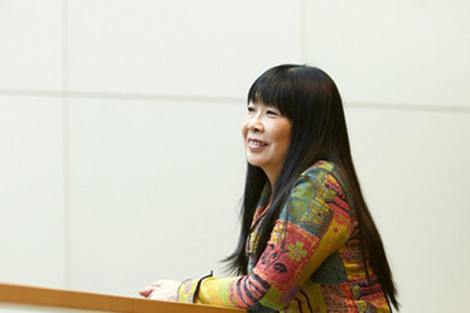[ Spring 2013 ]
Ten years ago, President George W. Bush launched a $15 billion international program to fight AIDS—the largest public health initiative in history dedicated to a single disease. The School’s Phyllis Kanki spearheaded HSPH’s application to the President’s Emergency Plan for AIDS Relief (PEPFAR) and served as principal investigator on the grant. Kanki talks about how history will look back on this effort.
“PEPFAR was a turning point in public health. If you roll back the clock to the 1990s, the developed world was benefiting from new drugs to combat AIDS—the disease no longer had to be a death sentence. But in Africa and Asia, where the burden of AIDS was—and still is—greatest, treatment was not widely available or affordable. How could we consider we were making progress in combating the AIDS epidemic if we weren’t helping the most resource-limited nations?
The PEPFAR program’s goals were huge: treat 2 million people, prevent 7 million new infections, provide supportive care for 10 million people. And with AIDS patients, you can’t just deliver therapies and walk away—it’s lifelong. When PEPFAR was launched, drugs were relatively expensive, but over time the costs went down. This meant that long-term treatment in even the poorest nations could enter the realm of the possible.
The School’s program, like PEPFAR overall, surpassed all goals. Through our work in Botswana, Tanzania and Nigeria, we enabled 160,000 patients to receive lifesaving drugs. We trained thousands of health care workers, set up systems to deliver treatments and refurbished and equipped clinics and labs. And we learned lessons through research that can guide prevention and treatment for other common and deadly diseases, such as tuberculosis or malaria. PEPFAR proved that even the most resource-deprived clinics and hospitals in Africa can deliver and sustain the highest quality of care.”
Download a PDF of Off the cuff here
